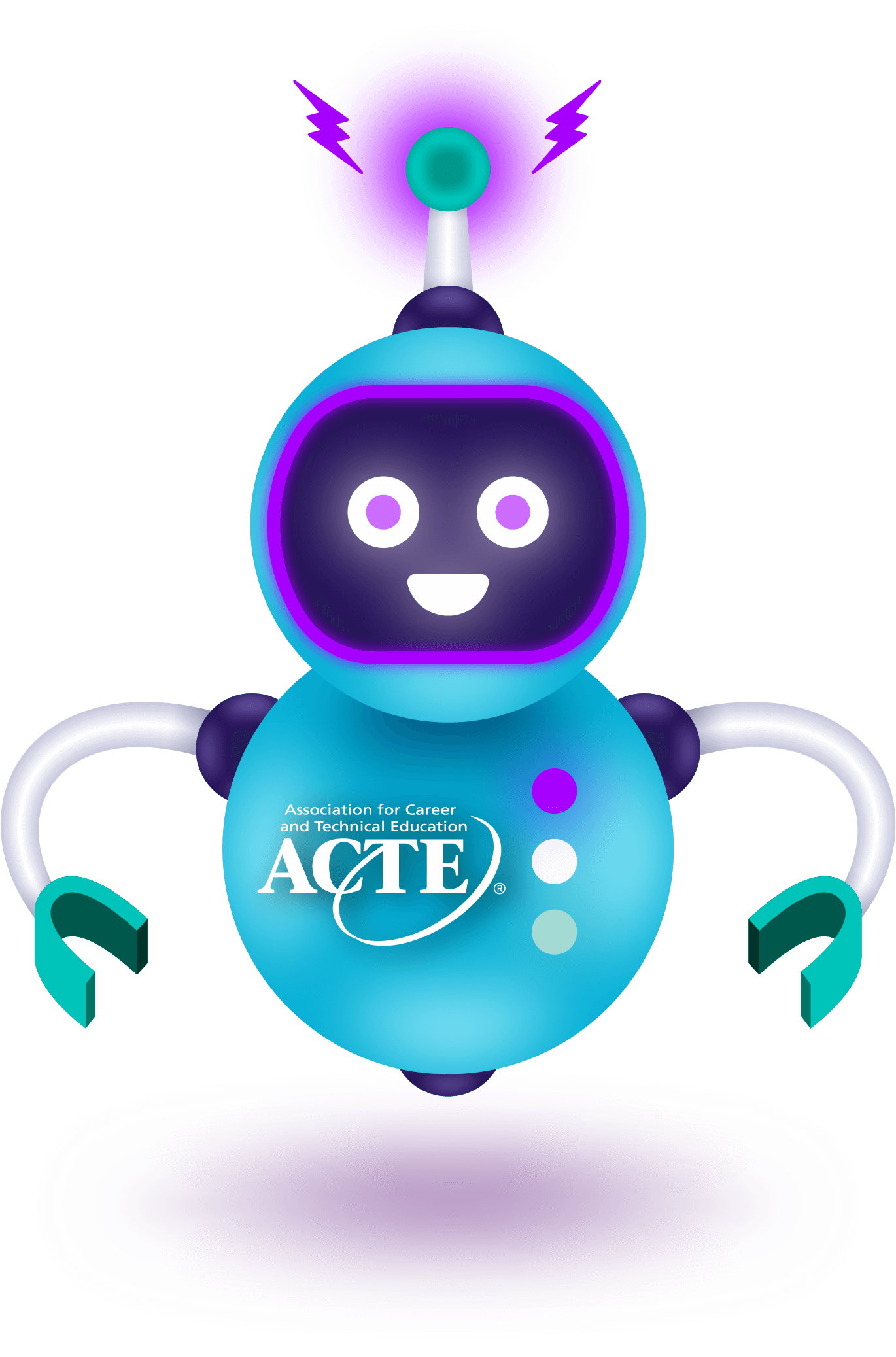 Promising Combinations of Dual Enrollment, AP/IB and CTE: A study from the Community College Research Center analyzes how students combine different types of accelerated coursework (CTE, Advanced Placement/International Baccalaureate (AP/IB) and dual enrollment) and how these combinations impact their postsecondary outcomes.
Promising Combinations of Dual Enrollment, AP/IB and CTE: A study from the Community College Research Center analyzes how students combine different types of accelerated coursework (CTE, Advanced Placement/International Baccalaureate (AP/IB) and dual enrollment) and how these combinations impact their postsecondary outcomes.
Using administrative data from several high school cohorts in Texas, the researchers found that, in 2022, 72% of students in the state took an accelerated course. Twenty-one percent of students took CTE courses, 3% took dual enrollment courses and 29% took AP/IB courses. Four percent of students participated in both dual enrollment and CTE courses. Compared to the 2015 and 2016 cohorts, the 2022 cohort had a higher proportion of students enrolling in each course type. Men, low-income, Hispanic and Black students were less likely to take an accelerated course.
The researchers also found that, by age 24, students who took accelerated courses had stronger postsecondary and earnings outcomes compared to students who did not. Students who participated in both dual enrollment and AP/IB had the highest earnings, followed by dual enrollment takers with a CTE focus and students who participated in other dual enrollment courses. Students who took both dual enrollment and AP/IB were also the most likely to earn a postsecondary credential after high school.
Aligning Assets and Actions for Rural CTE Success: The Association of Illinois Rural and Small Schools (AIRSS) recently released findings from its statewide assessment of rural CTE programs in Illinois. AIRSS surveyed 281 rural and small school districts—spanning 97% of Illinois’s counties—and found the following:
- Ninety-one percent of rural and small school districts report offering CTE programs.
- The most common clusters that rural districts offer courses in are Agriculture, Food and Natural Resources (82%); Arts and Communications (56%); and Finance and Business (54%).
- The most common challenges cited by rural districts are educator shortages (69%), insufficient financial resources (47%) and insufficient equipment or facilities (45%).
- Sixty-four percent of rural districts report that their CTE programs are aligned with local labor demands, and 58% say that their programs align with future labor needs.
From these and other findings, AIRSS developed recommendations and a Rural CTE Action Matrix, detailing specific policy and practice recommendations for K-12, workforce and government stakeholders.
For more rural information and resources, visit ACTE’s Community of Practice for Rural CTE through our CTE Learn portal. Additionally, ACTE is offering a professional learning track for rural CTE professionals at this year’s CareerTech VISION conference (to view sessions, filter by “Special Tracks” for “Rural CTE”).
Analyzing State Accountability Systems for Dual Enrollment: A brief from the College in High School Alliance (CHSA) and Advance CTE examines how dual enrollment is incorporated into state accountability systems.
- Forty-two states include dual enrollment participation or success as an indicator in at least one of the following three accountability systems: ESSA, Perkins V and/or state accountability.
- Thirty-four percent of states incorporate dual enrollment participation or success for ESSA compared to 16% for state accountability and 12% for Perkins V.
- California, Delaware, Hawaii, Idaho and Nevada are the only states that include dual enrollment in all three systems.
Snapshots from Alabama, Tennessee and Utah provide additional context on the impact of accountability systems on dual enrollment. For additional information, the CHSA maintains a spreadsheet that details how individual states report dual enrollment data.
Virginia’s Community Colleges and the Changing Higher Education Landscape: A report from Virginia’s Joint Legislative Audit and Review Commission shows that postsecondary CTE enrollment in the state is shifting toward short-term credential and workforce programs, such as the FastForward program. The proportion of postsecondary CTE students in FastForward programs rose from 13% in 2018 to 27% in 2025. The authors suggest that shifting national trends and fewer requirements for establishing non-credit programs compared to credit programs in the state may explain the rising enrollment figures.
The FastForward program also has strong outcomes: 95% of participants complete the program, and completers who obtain a credential earn about $10,800 more annually than before the program. About three-fourths of FastForward program completers earn an industry-recognized credential.
Most of the state’s community college CTE programs are also aligned with careers on the state’s high-demand occupation list, including 82% of FastForward programs and 76% of CTE credit programs. The CTE credit programs with the most enrollees are Registered Nursing, Computer and Information Systems and Allied Health Professions. For FastForward programs, they are Commercial Vehicle Operator and Instructor, Highway and Road Construction Trades and Welding Technology.


 After 43 days, the federal government reopened this week after Congress passed a continuing resolution that will fund most federal programs at their current level until January 30 next year. The deal also included funding for several agencies for FY 26, but lawmakers are still negotiating FY 26 funding for the Departments of Education (ED) and Labor (DOL). Read more on the blog
After 43 days, the federal government reopened this week after Congress passed a continuing resolution that will fund most federal programs at their current level until January 30 next year. The deal also included funding for several agencies for FY 26, but lawmakers are still negotiating FY 26 funding for the Departments of Education (ED) and Labor (DOL). Read more on the blog  Promising Combinations of Dual Enrollment, AP/IB and CTE:
Promising Combinations of Dual Enrollment, AP/IB and CTE: 




